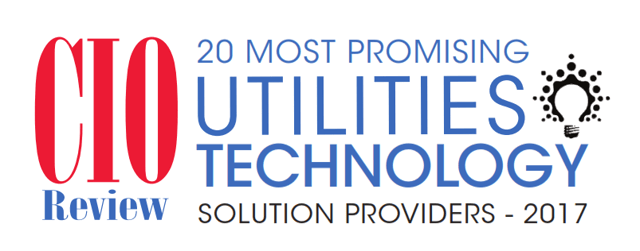While enterprises across a wide range of industries are embracing digital transformation to improve customer experience and service delivery, the utilities sector has been a slow adopter.
"Enhancing customer experience is key to any utility’s success"
Currently, most traditional utilities providers lack a company-wide digital strategy. “It is anticipated that 65 percent of traditional electric utility providers will adopt a digital strategy in the next five years,” says Kevin S. Parikh, Global CEO and Senior Partner, Avasant—a management consultancy headquartered in Los Angeles, CA. Robert Joslin, Partner and Head of the Utilities and Resources Practice at Avasant, has found that many traditional providers operate on a high cost, non-scalable, multi-platform environment. Joslin, along with other industry thought leaders, works with utilities companies to help them make the leap onto new digital platforms. He stresses the need for utilities to understand and capture customer data around consumption patterns and usage preferences. Increased analytics and business intelligence help in predicting future demand and consumption, enhancing the customer experience while simultaneously helping manage costs.
With the utilities industry evolving at an unprecedented pace, it will be necessary to invest in digital transformation. In this new era, those creating a digital strategy, finding the right technology and advisory partners, and maintaining governance models around new processes will be best positioned to maintain margins and increase customer loyalty.
65 percent of traditional electric utility providers will adopt a digital strategy in the next five years
This article was originally posted on CIO Review. If you're interested in reading the original article, feel free to visit https://utilities.cioreview.com/vendor/2017/avasant.

